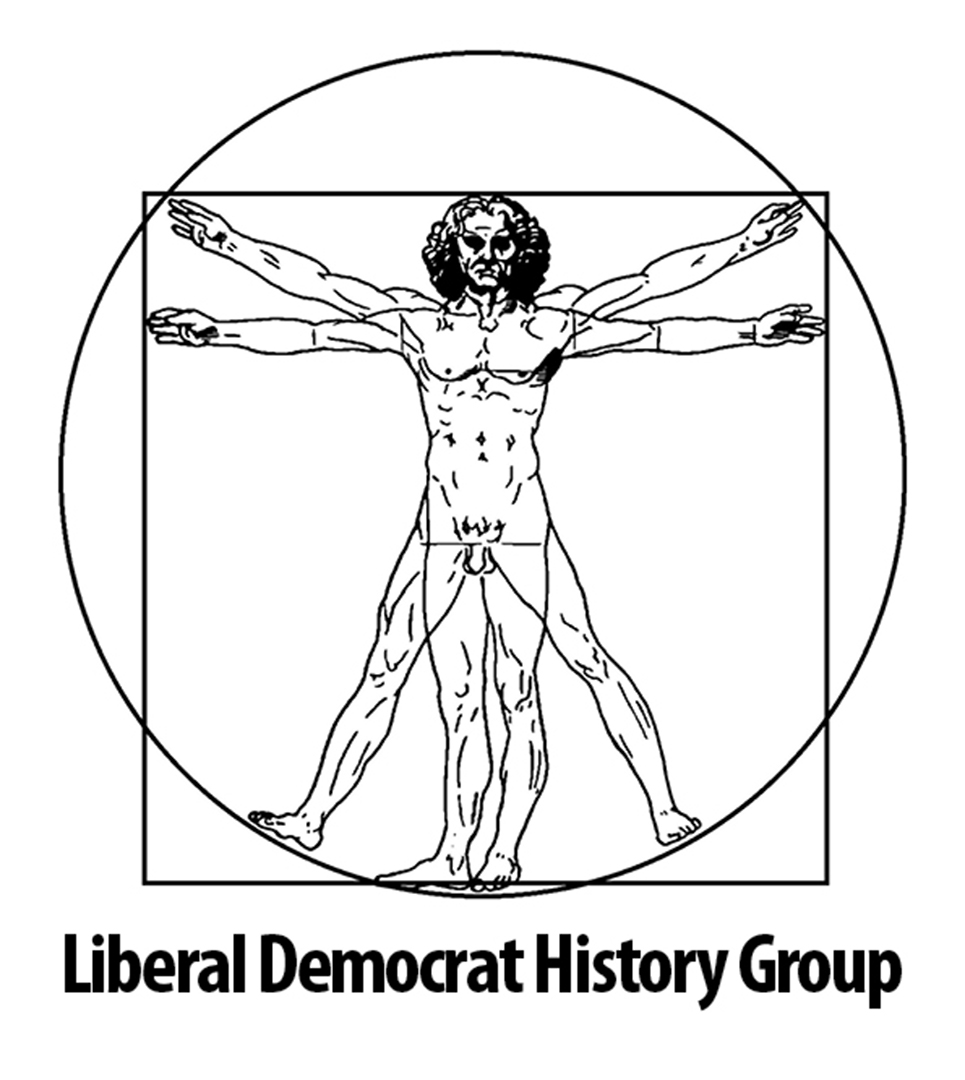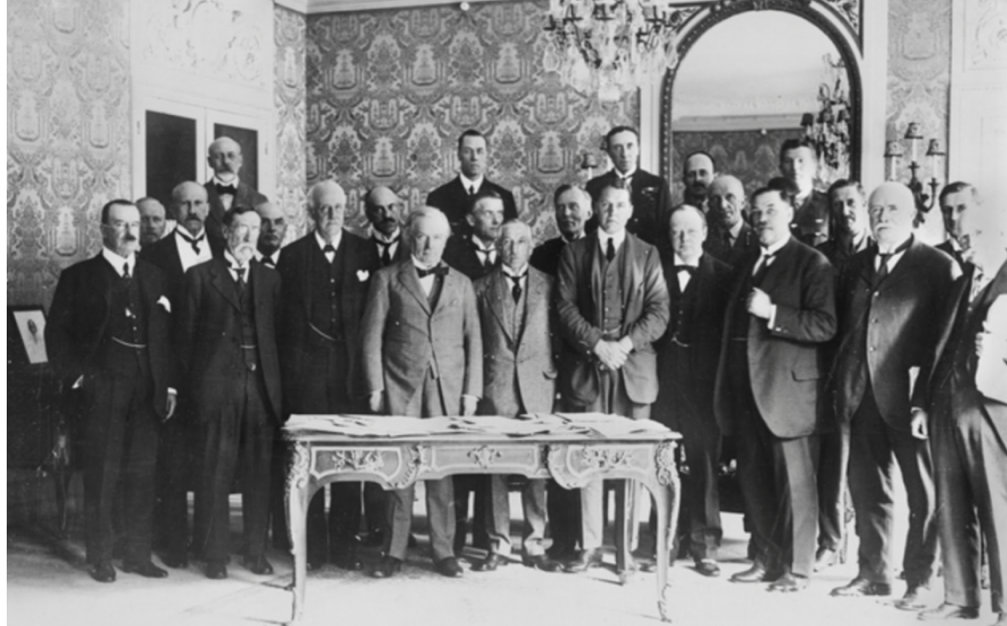However, popular radicalism meant more than this. Many radicals wished to secure greater religious equality for nonconformists. In particular, they wished to establish a system of secular education. After all, many Methodists or Congregationalists were radicals because they believed in greater equality of opportunity and being a member of the Church of England as by law established conveyed important privileges. At least until the last quarter of the nineteenth century, schools owned by the Church of England were both more numerous and generally more wealthy than nonconformist foundations. It is easily forgotten nowadays that religious issues could stir deeper passions than religion. Indeed, the religious question, as contemporaries called it, was a key political issue. Also, and particularly during the 1860s after the death of Victorias consort Prince Albert and during her long period of withdrawal from public life, the cause of Republicanism almost forgotten now found a large number of radical supporters.
Popular radicalism was indeed protean. Both the range of causes espoused and the diverse audiences at which radical messages were directed were remarkable. Some radicals were tub-thumping proto-socialist orators calling for violent revolution and forcible overthrow of both Church and King, those twin pillars of outmoded privilege. Other popular radicals purveyed a much more moderate message and, in their calls both for greater educational opportunity and a reduction in hours spent in the workplace, they won influential friends among the Whig governments of the 1830s and their intellectual friends.
Nevertheless, it is the cause of parliamentary reform which is most naturally associated with political radicalism in the nineteenth century. Before 1832, the right to vote was held haphazardly by about 20% of adult males most of them comfortable property owners. Drawing on arguments which had been rehearsed during the European enlightenment and articulated in the definition of a citizen during the early stages of the French Revolution, parliamentary reformers in Britain believed that the existing system allowed the small number of landowners who controlled it access to almost unlimited power. Old Corruption, they called it.
As one of the huge number of petitions for parliamentary reform, from Norfolk, put it in 1823:
The petitioners entertain a fixed opinion that this now unhappy country owes all its calamities to the predominance of certain particular families who…have, by degrees, appropriated to themselves a large part of the property and revenue of the whole nation.
Radicals of the 1820s and early 1830s – men such as William Cobbett, Henry Orator Hunt, Richard Carlile, Henry Hetherington and the apostate Church of England clergyman Robert Taylor – argued that the solution to the problem lay both in a substantial extension of the franchise, which would also allow a wider cross-section of the population to be directly elected as members of the House of Commons, and in a redistribution of parliamentary seats. It was clearly unacceptable that, when society was in the throes of an industrial revolution, places such as Manchester the cotton capital of the world Birmingham the city of a thousand trades Leeds and Sheffield should send no MPs to the Commons. By contrast, small villages and decaying ports elected dozens between them. Some constituencies, furthermore, had electorates numbering fewer than fifty.
Campaigns to secure parliamentary reform began in the 1770s and had become both frequent and strongly supported by the early 1820s. In 1820, the future prime minister, Sir Robert Peel, was asking a colleague: Do you not think that the tone of Englandis more liberal than the policy of the government?.Public opinion never had such influence on public measures, and yet never was so dissatisfied with the share it possessed. Agitation outside parliament reached fever pitch during the so-called crisis of reform which began in 1829 and lasted until the passage of the first, so called Great, Reform Act in 1832.
Radicals might think that they had won the argument to reform a chaotic and irrational system. In truth, parliamentary reform was achieved in 1832 less on the power of argument and much more through a combination of fear and fortuity. The Reform Act incorporated large, peaceful public meetings supported by an increasingly strident and self-confident radical press. It also involved violence. When the House of Lords rejected the Reform Bill in October 1831, riots in Bristol and Nottingham saw both places out of the control of the authorities for a time. Although many MPs accepted the radical argument that the old system was now beyond preservation, others especially in the House of Lords had to be persuaded to vote for reform on the basis that not to do so would risk a revolution in Britain on the scale of the French forty years earlier. That would mean widespread internal bloodshed and perhaps even the recurrence of European war.
The fortunate circumstance for the radicals was that the Tory party, which had been in office since the 1790s and which had proved a secure bastion against almost any kind of reform, broke up in the late 1820s. It was replaced in government in the autumn of 1830 by a coalition of Whigs and liberal Tories under the leadership of Earl Grey. Grey had voted for parliamentary reform as early as the 1790s and remained a committed parliamentary reformer. His government introduced a reform bill only three months after taking office.
Radical relief that the reform tide seemed at last to have turned was quickly undermined. Popular radicals wanted the direct representation of people as citizens in order to alter the power structure of Britain. To that end, they called at the very least for every household to have a vote; most now supported the principle of one man, one vote. They quickly realised that this was no part of the Whigs reform agenda. Grey himself told the Lords in 1831: If persons suppose that this reform will lead to ulterior measures, they are mistaken; for there is no one more decided against annual parliaments, universal suffrage and the ballot, than I am. My object is not to favour, but to put an end to such hopes and projects.
For the popular radicals, therefore, the Great Reform Act was not great at all. To be sure, it introduced substantial changes to the old system. Fifty-six English parliamentary boroughs lost both their seats and a further thirty lost one of two. The Manchesters and Birminghams duly obtained their representation. However, the principle of one-man, one-vote was torpedoed by the introduction of a uniform ten-pound householder franchise in the boroughs. This meant that the vote remained largely in the hands of the propertied. Thus, in 1832 the Whigs introduced a more rational system but one which, so its opponents believed, actually strengthened the old order rather than undermining it. As one of the most far-sighted of the political radicals, Henry Hetherington, put it in a withering attack on the Reform Act, published in 1832, the Whigs had yoked interests of the shopkeepers and other property owners in the towns what he called the shopocrats to the Whiggocrats in their great country estates. What emerged was a new, broader propertied alliance to quell the rising spirit of democracy in England.
This recognition lay at the heart of the Chartist movement, the most extensive and impressive popular political movement in nineteenth-century Britain. Chartism was, overwhelmingly, a movement supported by working people. Its name derives from the publication of a Peoples Charter whose famous six points were a democratic manifesto for radical political change. Chartists called for:
1. All adult males to have the vote
2. Payment for MPs so that working men could afford to stand as candidates
3. Each parliamentary constituency to have roughly the same number of voters – so that the value of each vote would be equal
4. Voting by secret ballot to put an end to bribery and threats by the rich and powerful
5. The abolition of the existing property qualification for MPs, and
6. General elections every year, to ensure both that the peoples mandate for its governors was regularly renewed and that the wealthy would not be able to exert unchecked control over the seven years which was then the maximum life-span of a parliament.
Much ink has been spilled over the significance of the Chartist movement, which was prominent throughout much of urban Britain from the late 1830s to the late 1840s. Perhaps too much attention has been given to its squabbling leaders and to disagreements over tactics. Should Chartists restrict themselves to the power of argument moral force? Or should they threaten a complacent aristocratic government with armed resistance physical force? These divisions did weaken the movements unity but the distinction was never clear-cut and emphasis on Chartist weaknesses undoubtedly deflects attention from the fact that the movement was articulate, surprisingly well-organised and politically sophisticated. It also changed lives. The careers of many later trade union leaders, early Labour leaders and working-class radical supporters of Gladstones Liberal party were shaped either by direct experience of Chartism or by sympathy with its ideals.
The Chartist movement faded, but its ideas did not. Eventually all but the last of its six-points were achieved mostly before the outbreak of the First World War in 1914. Perhaps it was the power of the moral-force arguments which exerted most long-term influence. Chartism helped to convince the authorities that the 1832 Reform Act could not be the final solution to a great constitutional question. Further political reforms were being actively debated in Parliament from the 1850s. The Second Reform Act, passed in 1867, enfranchised far more new voters than the first had done. The 90 per-cent increase meant that roughly two million men could vote in England and Wales, while a separate Act for Scotland in 1868 enfranchised a quarter of a million. For the first time, working men were in a majority in some big-city constituencies. A further increase of 72 per cent followed in the Third Reform Act of 1884, which also introduced the same franchise qualifications across the whole of the United Kingdom. The franchise remained male-only and many exceptions remained. Probably only 60-65 per cent of adult males were entitled to vote at the end of the nineteenth century.
However, the idea that active participation in the political process should be determined by ownership of property had been utterly undermined. The period of economic prosperity and relative political stability which followed the end of the Chartist period convinced more in the political elite that parliamentary reform did not represent a fundamental threat to civilization as they knew it. Indeed, further reform could be made to work within the grain of the existing power structure. As the son of Earl Grey put it in 1858: further Reform is wantedto interest a larger proportion of people in the Constitution, by investing them with political rights, without disturbing the existing balance of powercarefully to preserve that character which has hitherto belonged to the House of Commons, from including among its members all the different classes of society, and all the different interests and opinions to be found in the Nation.
This was hardly what the Chartists had in mind but it helps to explain why popular radicalism on one level so influential never came near to destroying landed power and inherited wealth. The Whig idea that, properly directed, the people could be trusted to behave sensibly helped to prevent a revolution in nineteenth-century Britain.
Professor Eric Evans, Lancaster University (February 2005)
Eric Evans is Professor of Social History and Dean of Arts and Humanities at Lancaster University. Among the publications which relate to this article are The Forging of the Modern State: Early Industrial Britain, 1783-1870 (Longman Pearson, 3rd ed, 2001), Britain before the Reform Act: Politics and Society,1815-32 (Longman Pearson, 1989), The Great Reform Act (Routledge, 2nd ed, 1994), Sir Robert Peel (Routledge, 1991) and Parliamentary Reform, 1770-1918 (Longman Pearson, 2000).
Professor Evans is currently working on books on eighteenth-century Britain and on Queen Victoria. In 2004, he was awarded a Higher Education Academy National Teaching Fellowship.

